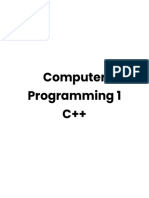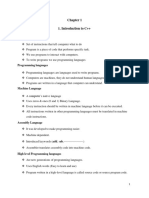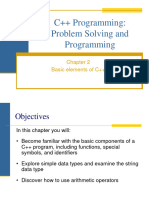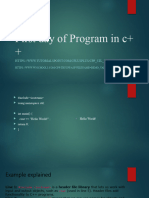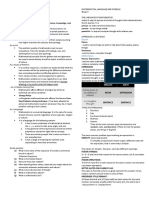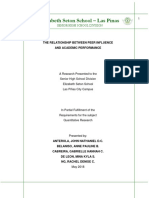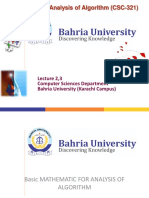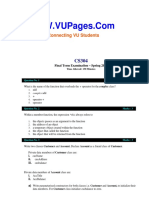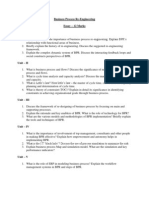0% found this document useful (0 votes)
78 views24 pagesCMPE 011 Module 2 Declaring Variables
This document covers the fundamentals of declaring variables in C++ including data types, variable scope, and the use of comments. It explains the different data types such as integers, floating points, characters, and booleans, along with examples of their declaration and usage. Additionally, it discusses the cout object for outputting data and provides examples of arithmetic operations and practical programming exercises.
Uploaded by
larvianzon.cvtCopyright
© © All Rights Reserved
We take content rights seriously. If you suspect this is your content, claim it here.
Available Formats
Download as PDF, TXT or read online on Scribd
0% found this document useful (0 votes)
78 views24 pagesCMPE 011 Module 2 Declaring Variables
This document covers the fundamentals of declaring variables in C++ including data types, variable scope, and the use of comments. It explains the different data types such as integers, floating points, characters, and booleans, along with examples of their declaration and usage. Additionally, it discusses the cout object for outputting data and provides examples of arithmetic operations and practical programming exercises.
Uploaded by
larvianzon.cvtCopyright
© © All Rights Reserved
We take content rights seriously. If you suspect this is your content, claim it here.
Available Formats
Download as PDF, TXT or read online on Scribd
/ 24













